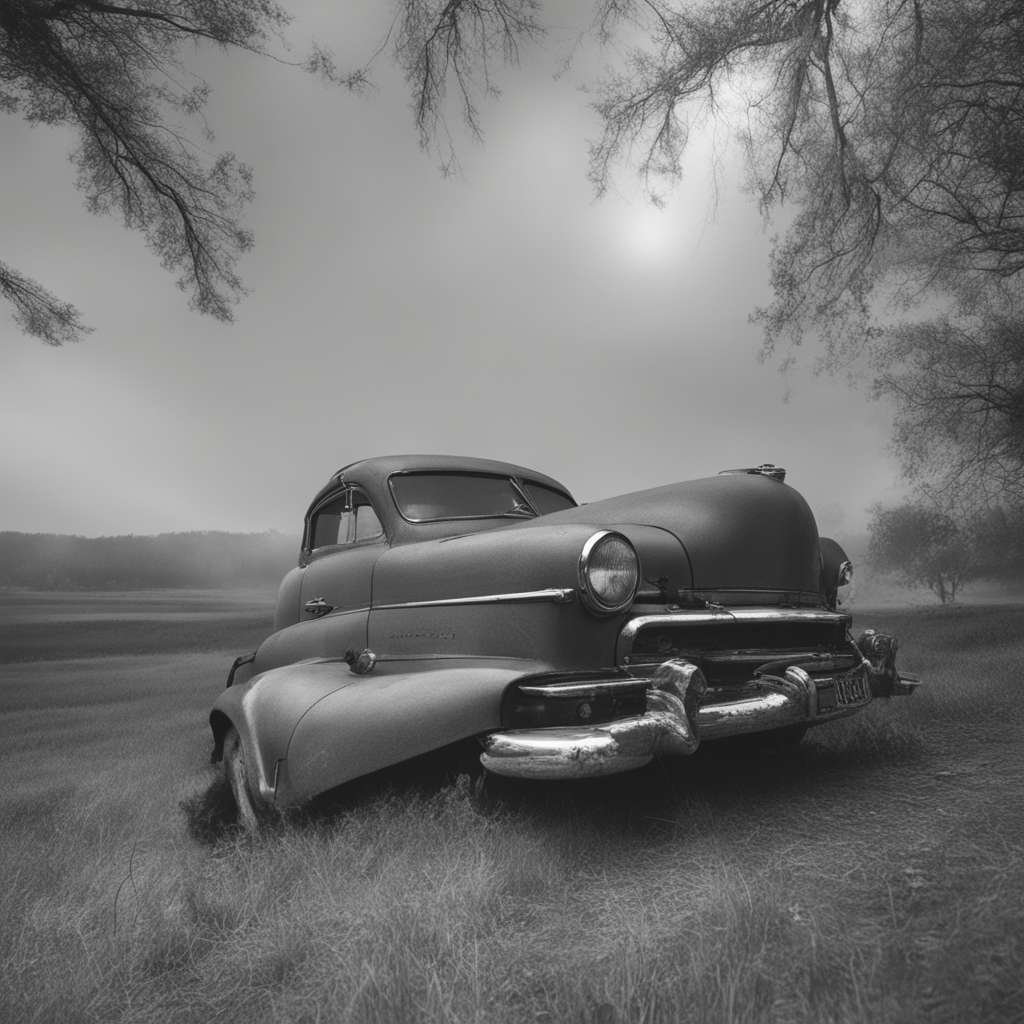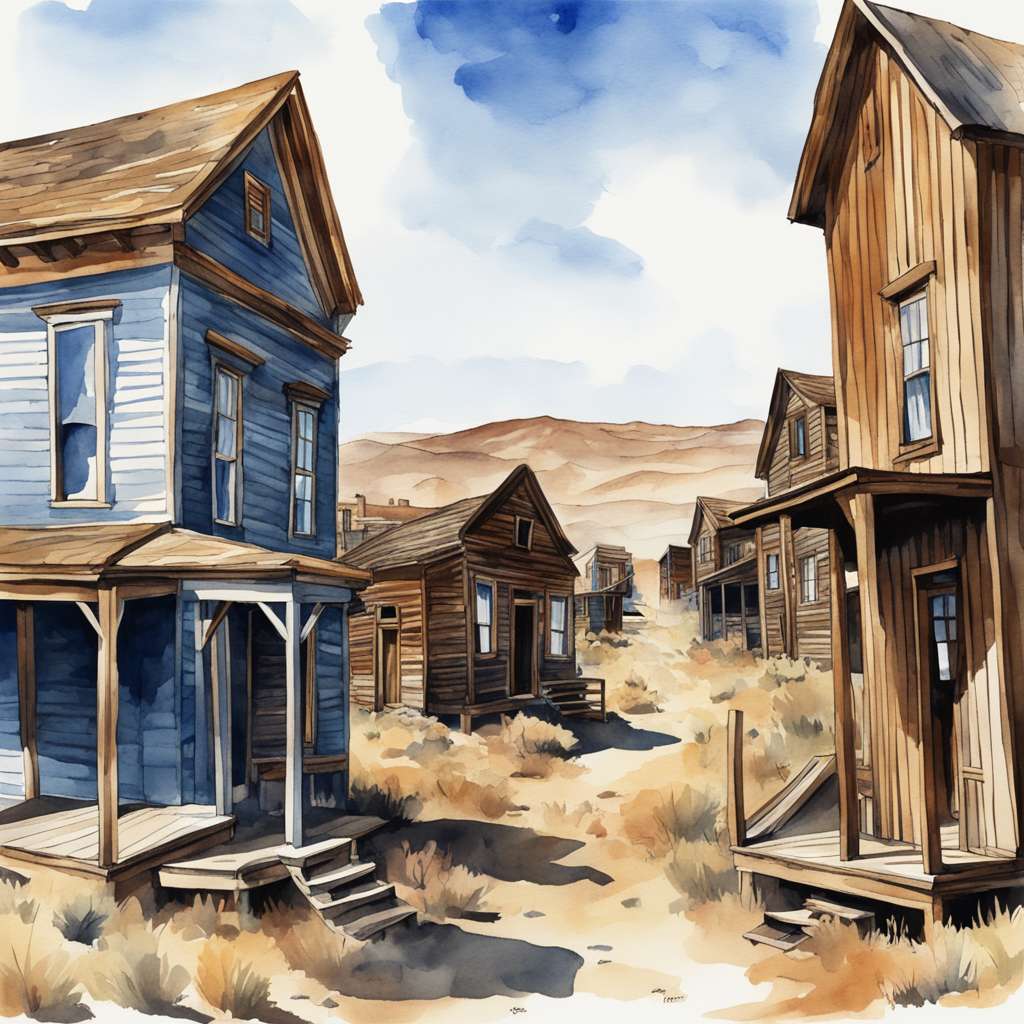
What secrets do California’s ghost towns hold?
- At its peak in 1880, Bodie had over 5,000 residents, now preserved as a state park.
- Calico, revived in the 1950s, offers gold-panning and hiking trails as a San Bernardino County Park.
- Cerro Gordo, despite a 2020 fire, maintains its historic structures, thanks to restoration efforts.
California’s ghost towns offer a fascinating glimpse into the past, showcasing the remnants of once-thriving communities that were abandoned as quickly as they rose. These towns, often born out of the mining booms of the 19th and early 20th centuries, now stand as silent witnesses to the ebbs and flows of economic fortune. Among the most famous is Bodie, a town that once boasted a population of over 5,000 in 1880. As the mining boom waned, Bodie was left in a state of arrested decay, preserved as a state park since 1962. Despite fires in 1892 and 1932, many of Bodie’s buildings remain, drawing tourists from across California and beyond.

The Allure of Bodie and Other Notable Ghost Towns
Bodie is not alone in capturing the imagination of travelers. Calico, located near Barstow in the Mojave Desert, was a bustling silver mining town in the 1880s. By 1907, it had become a ghost town, only to be revived in the 1950s by Walter Knott, founder of Knott’s Berry Farm. Today, Calico is a San Bernardino County Park, offering visitors a chance to explore its history through restored buildings and attractions like gold-panning and hiking trails. Another intriguing site is Cerro Gordo, near Lone Pine, which was once a major producer of silver, lead, and zinc. Despite a devastating fire in 2020, many of its historic structures remain, thanks to the efforts of its current owner, Brent Underwood.
- Exploring California's ghost towns is like stepping back... 🌄...
- Despite their haunting allure, are ghost towns overrated?... ⚠️...
- What if these ghost towns aren't just relics but... 🤔...
Preserving History: The Role of Restoration and Tourism
The preservation of these ghost towns is a testament to the enduring interest in California’s rich history. Restoration efforts, such as those in Calico and Pioneertown, have transformed these sites into living museums. Pioneertown, originally a movie set built in the 1940s, has evolved into a small town with thriving businesses, including the renowned Pappy & Harriet’s, a venue that hosts live music events. These efforts not only protect the architectural heritage but also provide economic opportunities through tourism. In Allensworth, the first town in California founded by African Americans, the remaining structures have been preserved as part of the Colonel Allensworth State Historic Park, offering a unique glimpse into the state’s diverse history.
Our Advice on the City
For those planning a visit to these ghost towns, it’s essential to prepare for the journey. Many of these sites are located in remote areas, requiring long drives through scenic but isolated landscapes. It’s advisable to bring plenty of water, snacks, and a reliable map or GPS device. For the more adventurous traveler, consider exploring lesser-known sites like Drawbridge, a ghost town visible only from a passing train, or the submerged remains of Whiskey Flat, which occasionally reappear during droughts.
In conclusion, California’s ghost towns offer a unique opportunity to step back in time and explore the remnants of the past. Whether you’re a history enthusiast or simply curious about these abandoned places, a visit to a ghost town can be a profoundly moving experience. For seasoned travelers, consider visiting during off-peak times to enjoy a more intimate experience, and don’t forget to respect the sites by leaving them as you found them. As you wander through these silent streets, take a moment to reflect on the stories they hold and the lessons they offer about the impermanence of human endeavors.
Trending now








